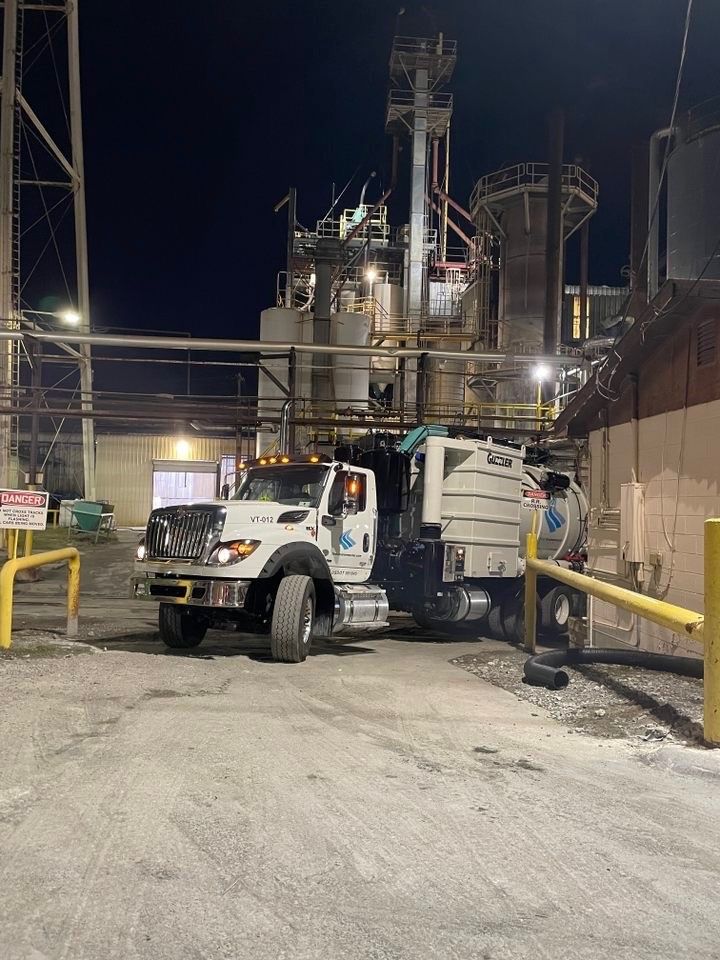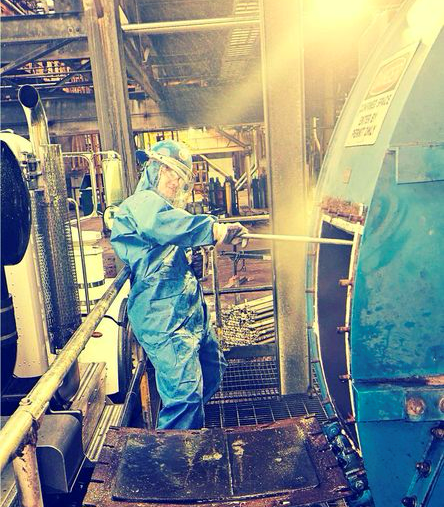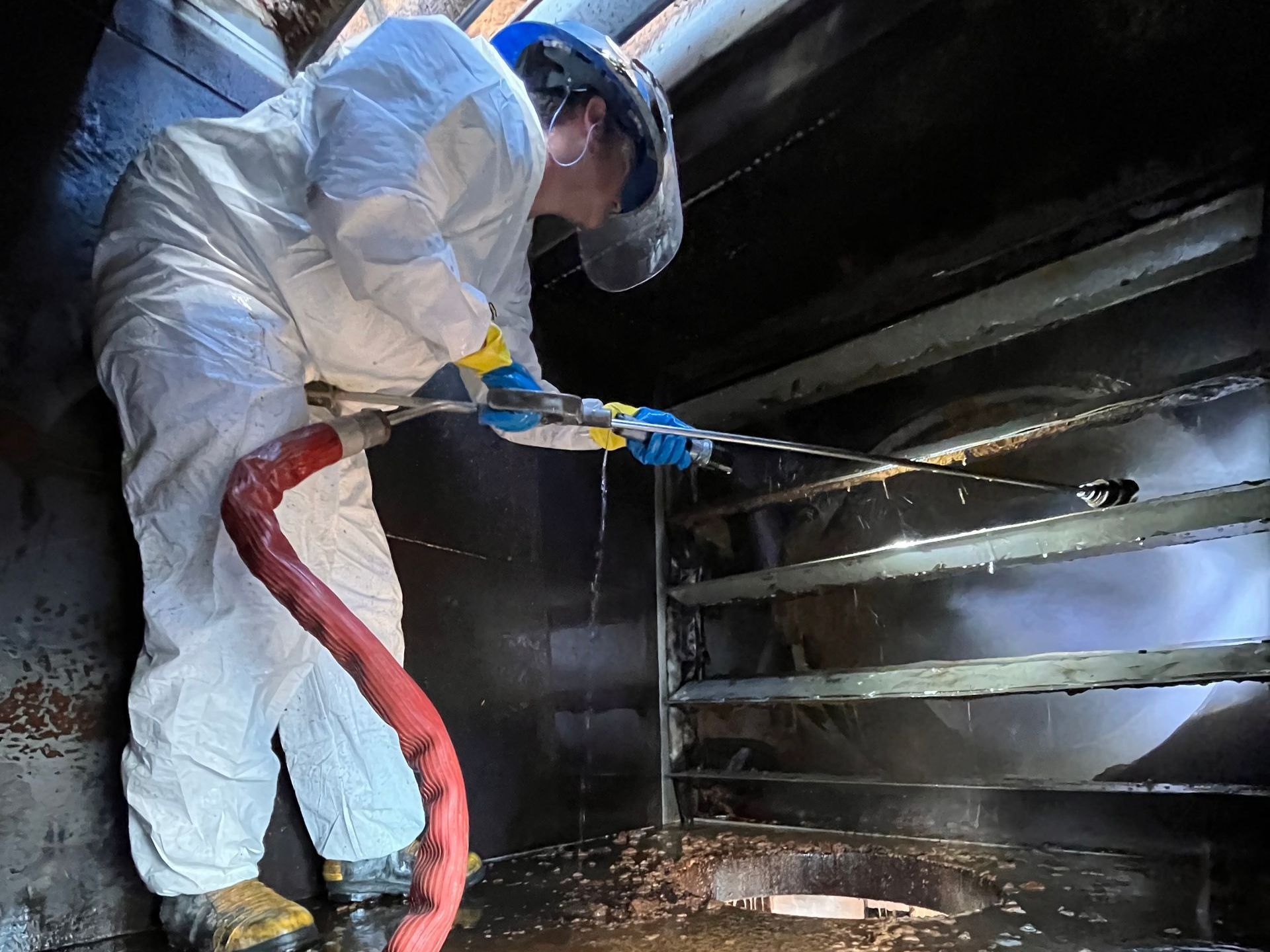Everything You Need to Know About A Vacuum Truck
You’ve probably seen them on the road, or on the job site: large industrial trucks with holding tanks, pumps, and suction hoses. They’re called vacuum trucks, and they provide a vital service to cities and businesses needing material removed from underground, overhead, or from a distance. Keep reading to find out everything you need to know about a vacuum truck.
What is a vacuum truck used for?
Vacuum trucks , also known as vacuum tankers, are often used by cities to handle large-scale liquid and sludge clean up, most commonly in sewer and septic system maintenance. They can also be used in industrial and municipal settings to suction water and debris left from hydro-excavation or drilling jobs. From clearing mud to expose utility lines, to preventing sewer system overloads, vacuum trucks meet the needs of cities and industries requiring environmental clean up, storage tank upkeep, and waste management.
How does a vacuum truck work?
A vacuum truck works similarly to a shop vac. A powerful pump removes air from the holding tank, which creates a vacuum inside. Opening the primary and secondary shutoff valves on suction hoses forces the tank to try to equalize the pressure inside, letting the truck vacuum up solids, liquids and sludges. Just like a home vacuum, the quality of the equipment and the power of the pump affect suction power and the ability to handle difficult jobs.
Did you know? Vacuum trucks can save lives!
There’s more to vacuum trucks than sewers and septic systems, though. These trucks can be incredibly useful in rescue missions and environmental disasters. For hazardous waste or oil spills, vacuum trucks are essential to quickly clearing and storing any dangerous materials, which prevents them from contaminating the environment or entering local waterways. There have even been instances where vacuum trucks have been called in to assist emergency personnel with rescue missions. When disaster strikes and pits or trenches collapse on workers, emergency services can rely on vacuum tankers to quickly suction any sludge or soil from the accident site.
Vacuum trucks play an important role in keeping towns and work sites clean and safe. Whether it’s waste management, a hazmat emergency, or environmental cleanup, these big machines are able to handle messy jobs of any size. First Environmental is Georgia’s top-rated industrial cleaning contractor. Does your company need a vacuum tanker? Our state-of-the-art vehicles are here to serve you! Call today to schedule service or speak with a representative about your vacuum truck needs today!





